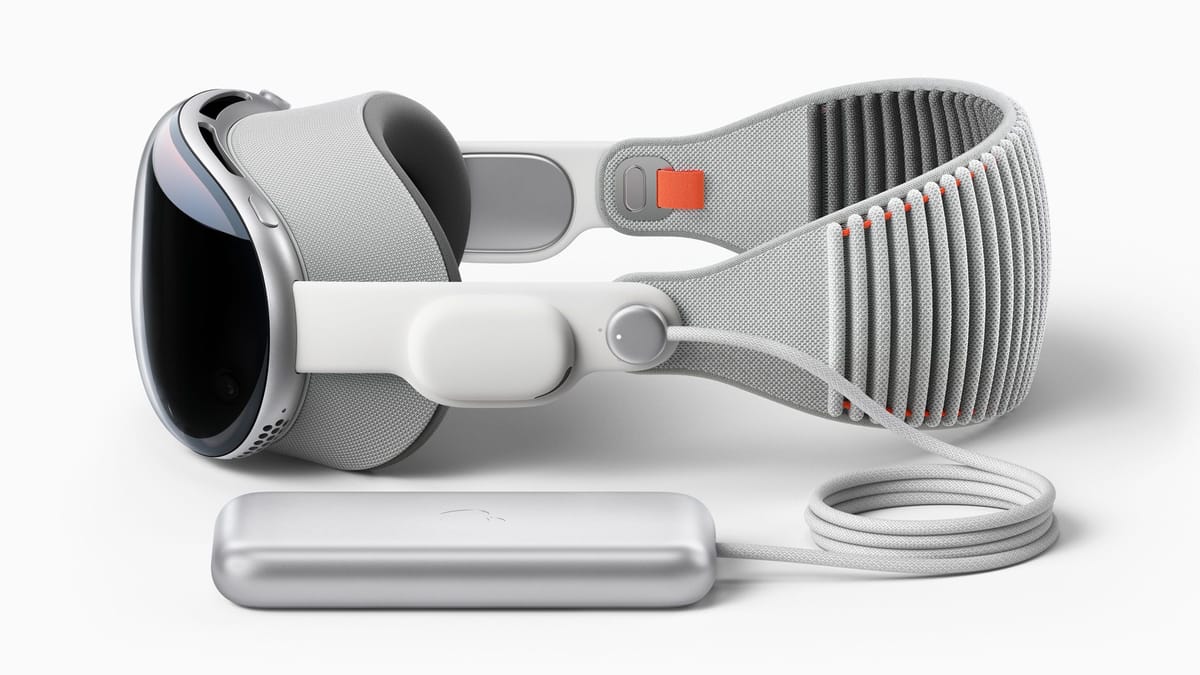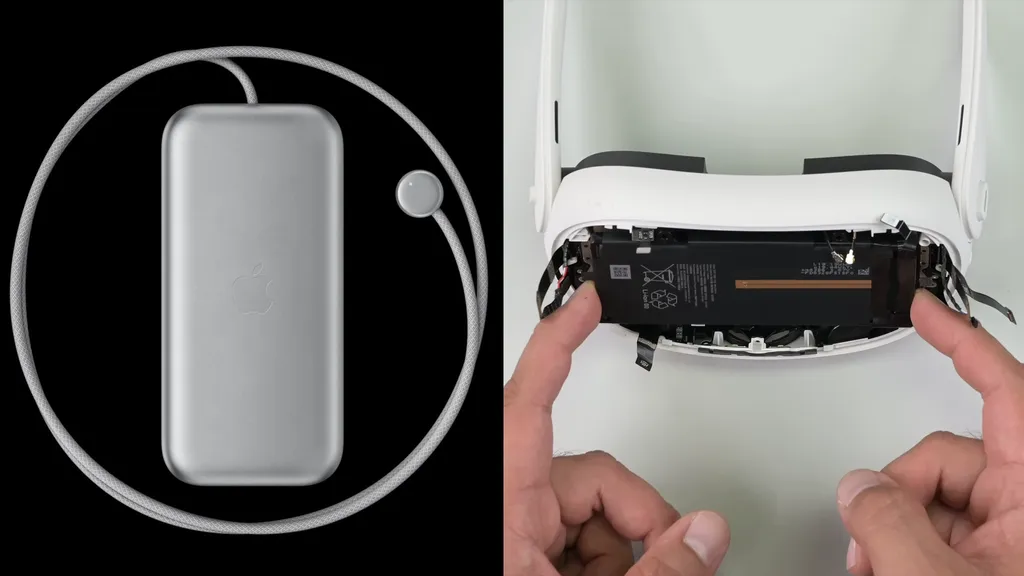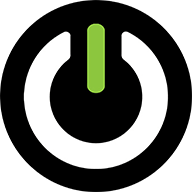Apple Vision Pro's battery has an enormous energy capacity.
Thee Apple Vision Pro unboxing and review embargo was yesterday. The first reviews are already out, and the unboxings have revealed Vision Pro's battery capacity.
Apple Vision Pro has a 35.9Wh (watt-hour) external tethered battery. For comparison, Quest 3 has a 18.88Wh internal battery and Quest 2 has a 14Wh internal battery, while Quest Pro has a 20.58Wh battery behind its rear padding.
You may have already heard Vision Pro's battery cited in mAh (milliampere-hours). It's 3166 mAh, smaller than Quest 3's battery, which is 4879 mAh. So how can this be? The trick is that mAh is only a valid way to compare batteries with the same voltage output. But Quest 3's nominal voltage is 3.87V, while Apple Vision Pro's is 13V. Because of the different voltages, the normalized way to compare battery energy capacity is watt-hours.
| Location | Capacity | Weight | |
| Apple Vision Pro | Tethered | 35.9Wh | 353g (incl housing) |
| Meta Quest Pro | Rear Padding | 20.58Wh | 104g |
| Pico 4 | Rear Padding | 20.4Wh | ~100g |
| Meta Quest 3 | Visor | 18.88Wh | 69g |
| Meta Quest 2 | Visor | 14Wh | 63g |
While it was initially assumed that Vision Pro used an external battery to reduce the headset's weight, it seems clear now that its true purpose is to support higher performance but more power-hungry computing hardware.
Even with the battery being external Vision Pro weighs 600-650 grams, notably more than the 515 gram Quest 3. And Quest 3's internal battery is only responsible for 69 grams of that weight. Yet both headsets have the same roughly 2 hour battery life.
It's conceivable that Apple could have integrated a battery of a similar size as Quest 3 and used an A-series chipset from its iPhones with a relatively negligible net weight penalty. But it didn't. Instead, Vision Pro features the 10-core GPU variant of the M2 chipset alongside a dedicated R1 coprocessor for handling the headset's plethora of sensors. This enables Vision Pro to deliver roughly twice the performance of Quest 3, and video passthrough free of the distortion that plagues Meta's solution. But the tradeoff is that it requires a much larger battery - too large to fit in the visor.

In effect, Vision Pro's battery architecture was chosen to deliver on Apple's performance targets, not to enable a lighter headset. Whether Apple continues that strategy with future models will depend on its priorities for the future of Vision: will it want to keep pushing performance as far as possible, or prioritize getting rid of the external battery?






























